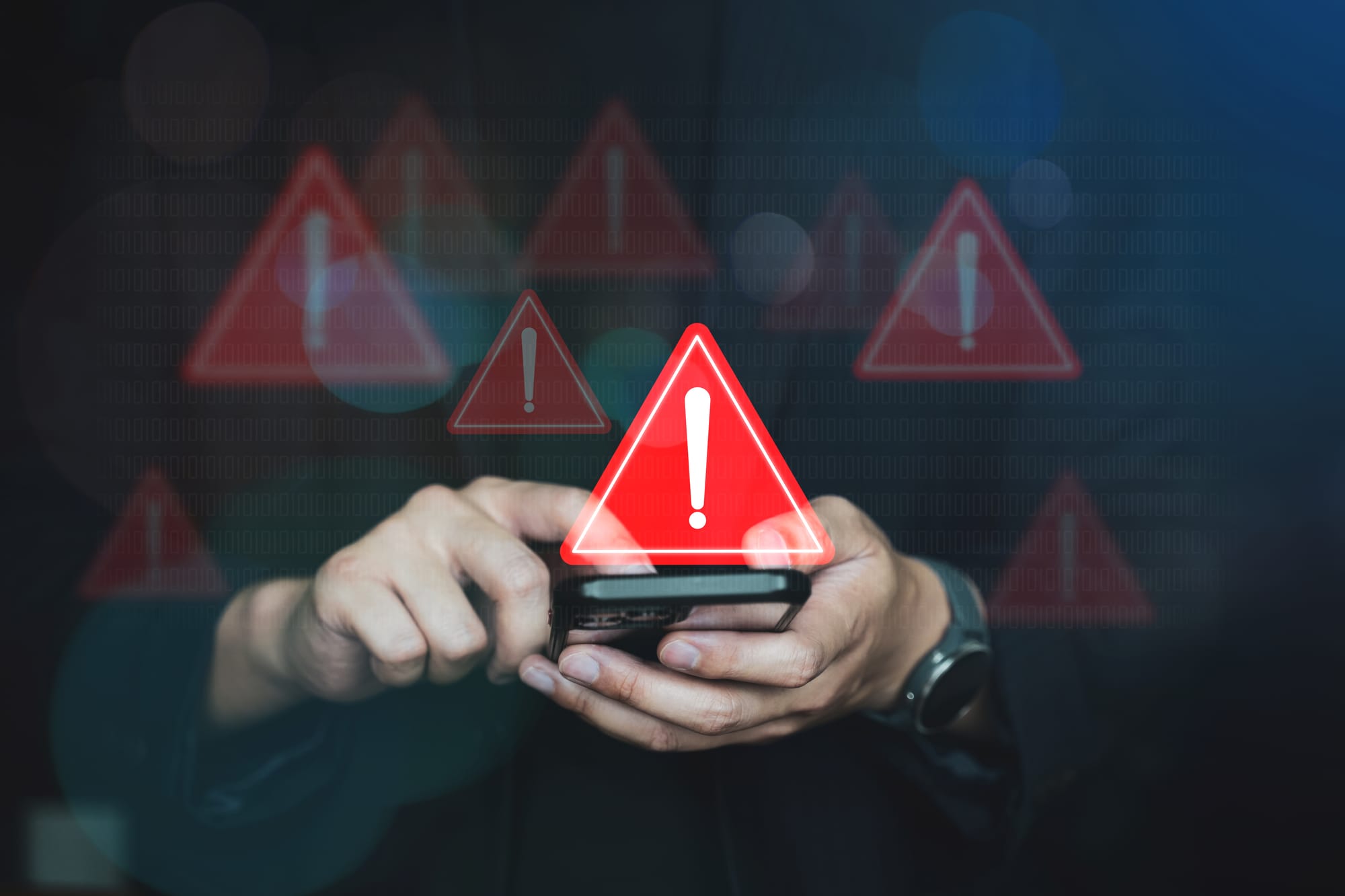Enhancing Emergency Response Rates with AI-Driven Surveillance Systems

In today’s fast-paced environment, effective emergency response is critical for maintaining safety and security in various settings, including businesses, public spaces, and residential areas. Traditional surveillance systems, while beneficial, often lack the capability to provide timely information when it matters most. This is where AI-driven surveillance systems come into play, offering a transformative approach that enhances emergency response rates through real-time alerts and actionable insights.
Understanding AI-Driven Surveillance Systems
AI-driven surveillance systems utilize advanced technologies such as machine learning, computer vision, and data analytics to monitor environments continuously. Unlike conventional systems, which merely capture video footage, AI-enhanced systems can analyze that footage in real time to detect anomalies and potential threats.
How AI Improves Emergency Response Times
- Real-Time Threat DetectionAI surveillance systems are equipped with algorithms that can identify unusual behavior or patterns within a monitored area. For instance, if an individual enters a restricted area or exhibits suspicious behavior, the system can instantly flag this activity and alert security personnel. This capability drastically reduces the time it takes to detect and respond to potential threats.
- Automated AlertsIn the event of an emergency, every second counts. AI surveillance can generate automated alerts and notifications to security teams or law enforcement agencies, ensuring that responders are informed immediately. These alerts can include critical information such as the location of the incident, the nature of the threat, and real-time video feeds, enabling faster and more informed responses.
- Actionable Insights Through Data AnalysisAI systems don’t just react; they also analyze data over time to provide insights that can improve emergency preparedness. By identifying trends and recurring issues (such as frequent disturbances in a particular area), security teams can adjust their strategies and resources accordingly. This proactive approach helps organizations mitigate risks and respond more effectively during emergencies.
- Integration with Other Security SystemsAI-driven surveillance can seamlessly integrate with other security technologies, such as access control systems, alarm systems, and emergency response protocols. For example, when an AI system detects a potential breach, it can simultaneously unlock doors to facilitate evacuation or lock down areas to contain the threat. This level of integration ensures a coordinated response that can significantly enhance safety.
- Enhanced Situational AwarenessAI surveillance systems provide security personnel with comprehensive situational awareness by consolidating data from various sources. Security teams can monitor multiple locations from a centralized command center, allowing for quick assessments of evolving situations. This holistic view enables responders to prioritize incidents based on severity and allocate resources more effectively.
- Facial Recognition for Quick IdentificationAdvanced AI systems often include facial recognition capabilities, allowing for the rapid identification of known threats or individuals on watchlists. In emergency situations, this feature can expedite the decision-making process, helping security personnel take appropriate actions quickly.
Real-World Applications
- Public Spaces: In crowded areas like malls and stadiums, AI-driven surveillance can detect unusual gatherings or movements, alerting security teams to potential emergencies before they escalate.
- Corporate Environments: Businesses can benefit from AI systems that monitor employee behavior, identify unauthorized access, and alert security to potential internal threats.
- Residential Areas: Smart home security systems equipped with AI can notify homeowners of suspicious activities, providing peace of mind and ensuring timely responses to security breaches.
Conclusion
AI-driven surveillance systems are revolutionizing the way organizations approach emergency response. By providing real-time alerts and actionable insights, these systems enable security personnel to respond more quickly and effectively to potential threats. As technology continues to evolve, the integration of AI in surveillance will not only enhance safety and security but also empower organizations to create safer environments for employees, customers, and the community at large. Investing in these advanced systems is no longer just an option; it is a necessity for those looking to improve emergency response rates and safeguard their assets.


